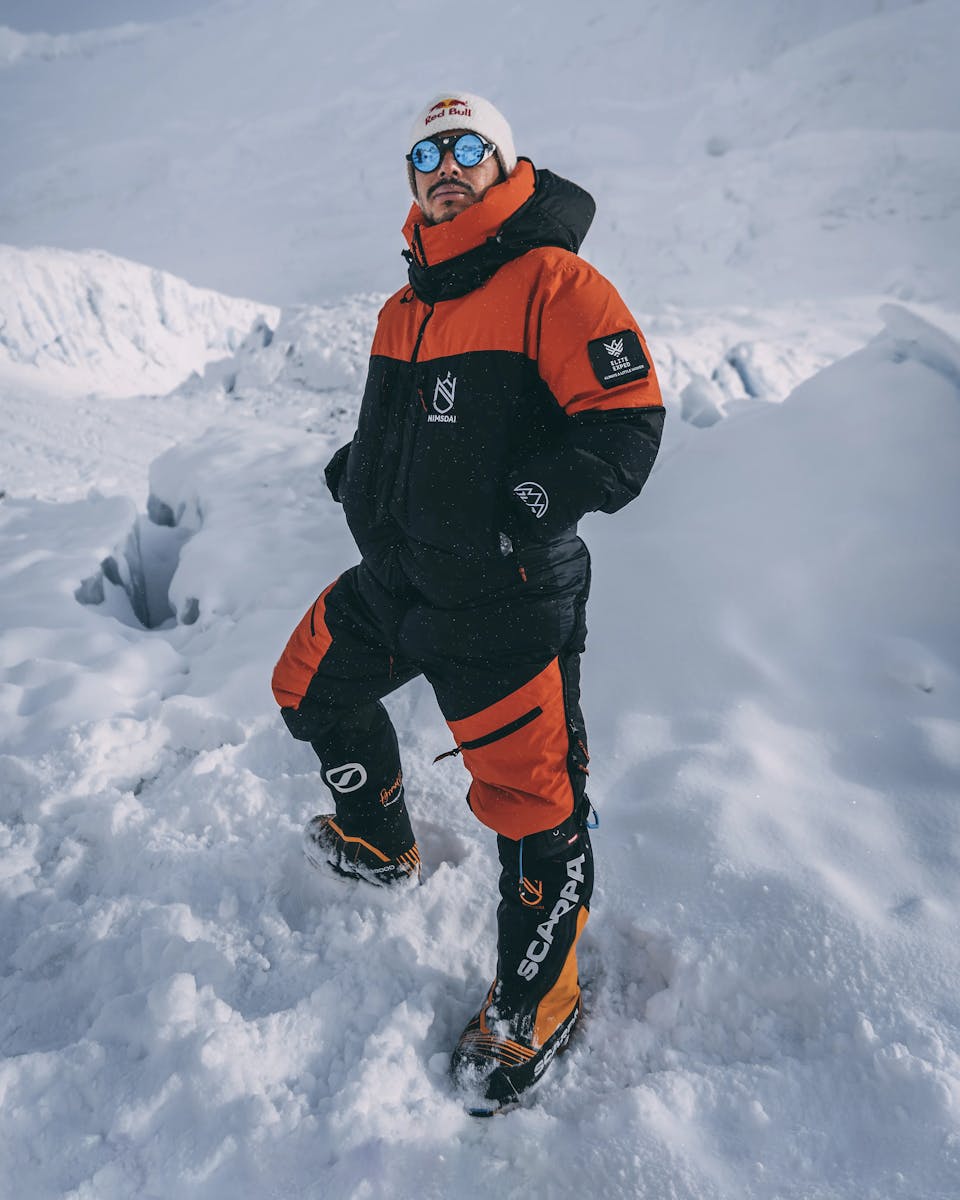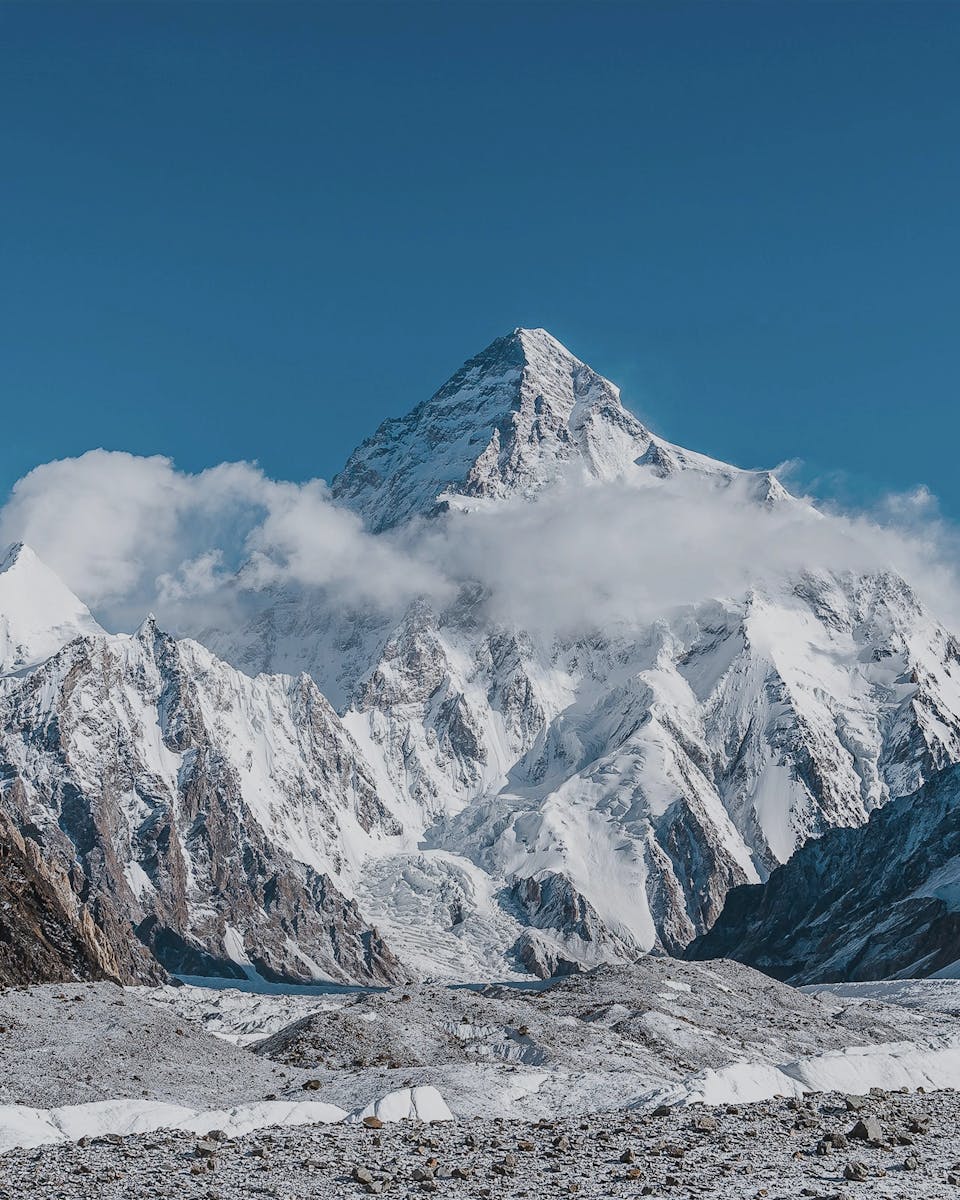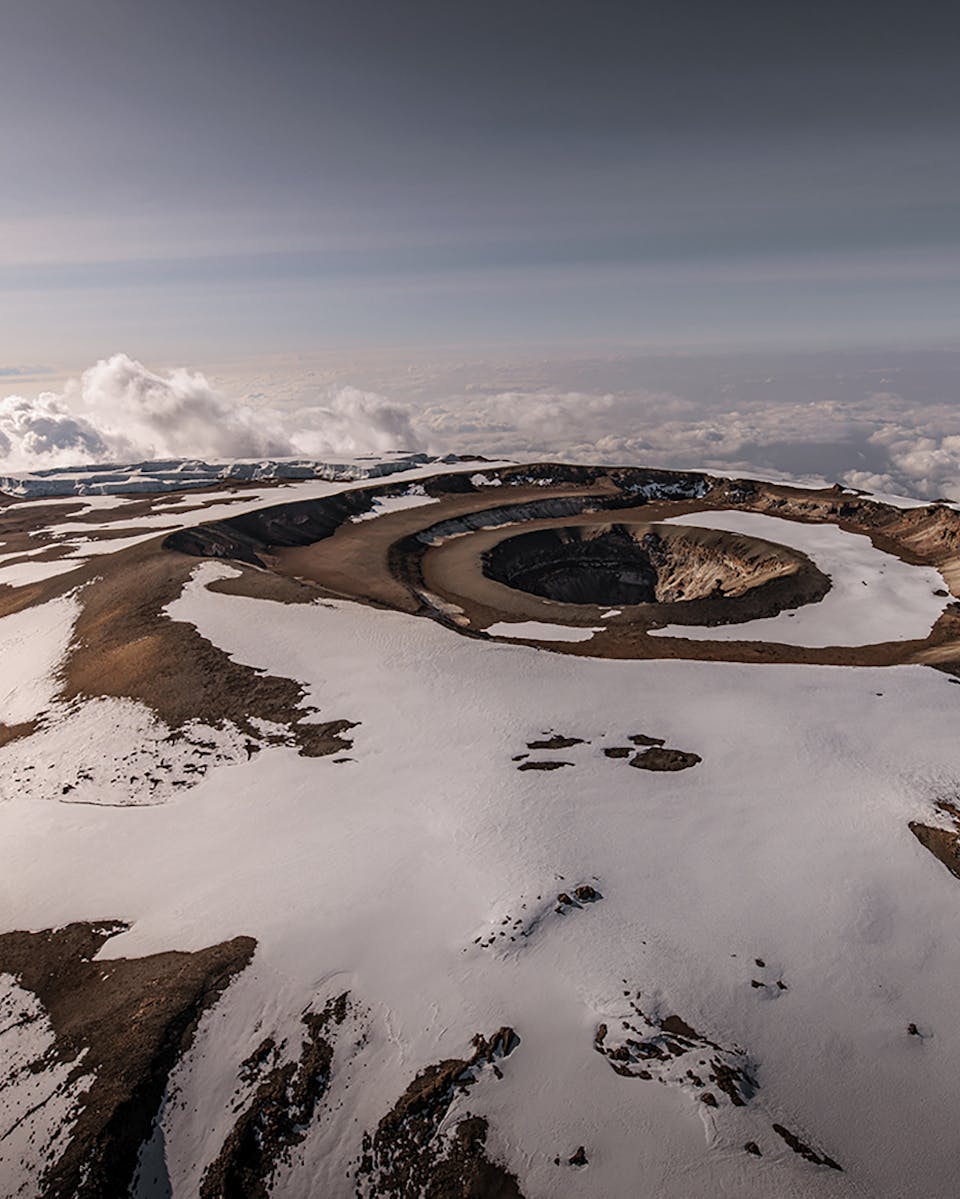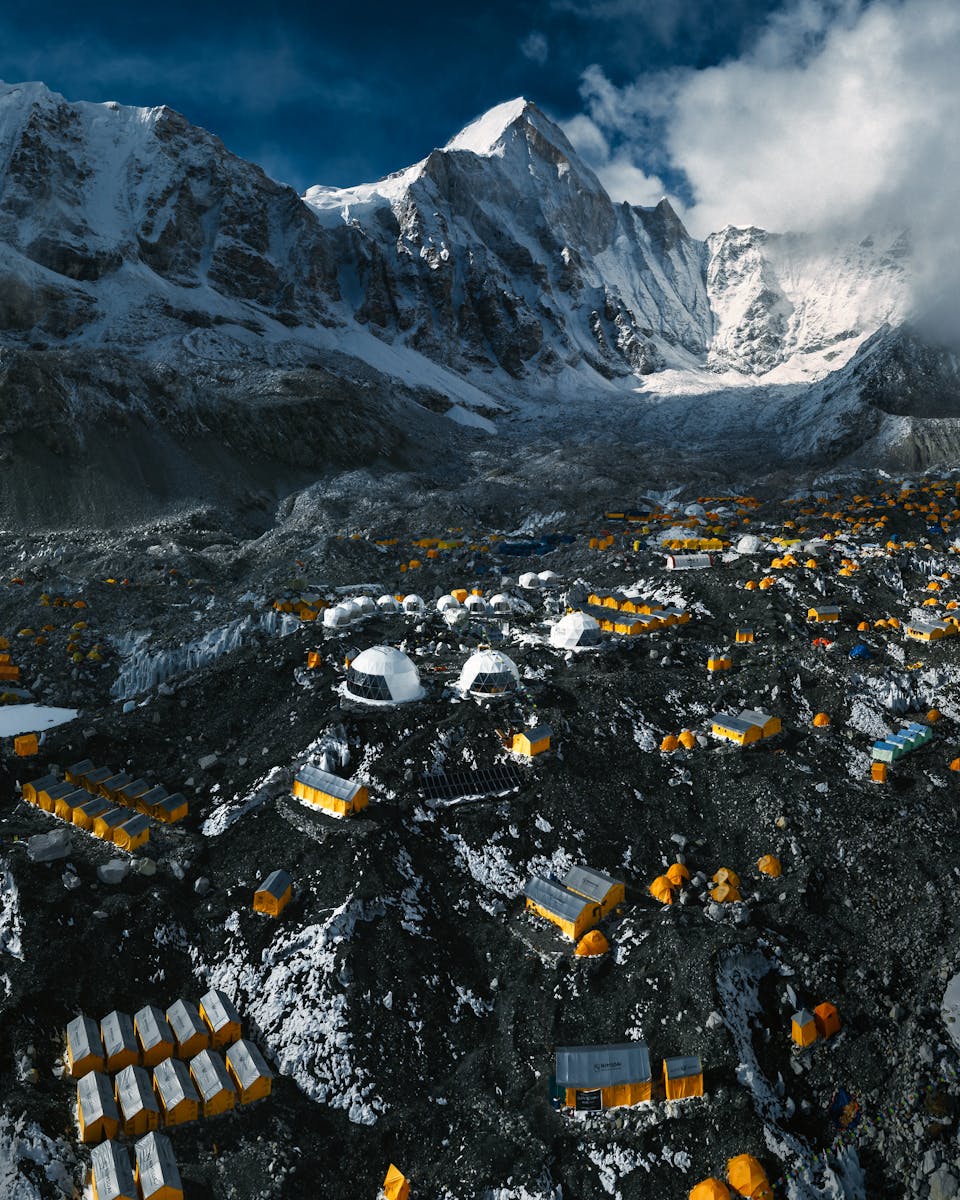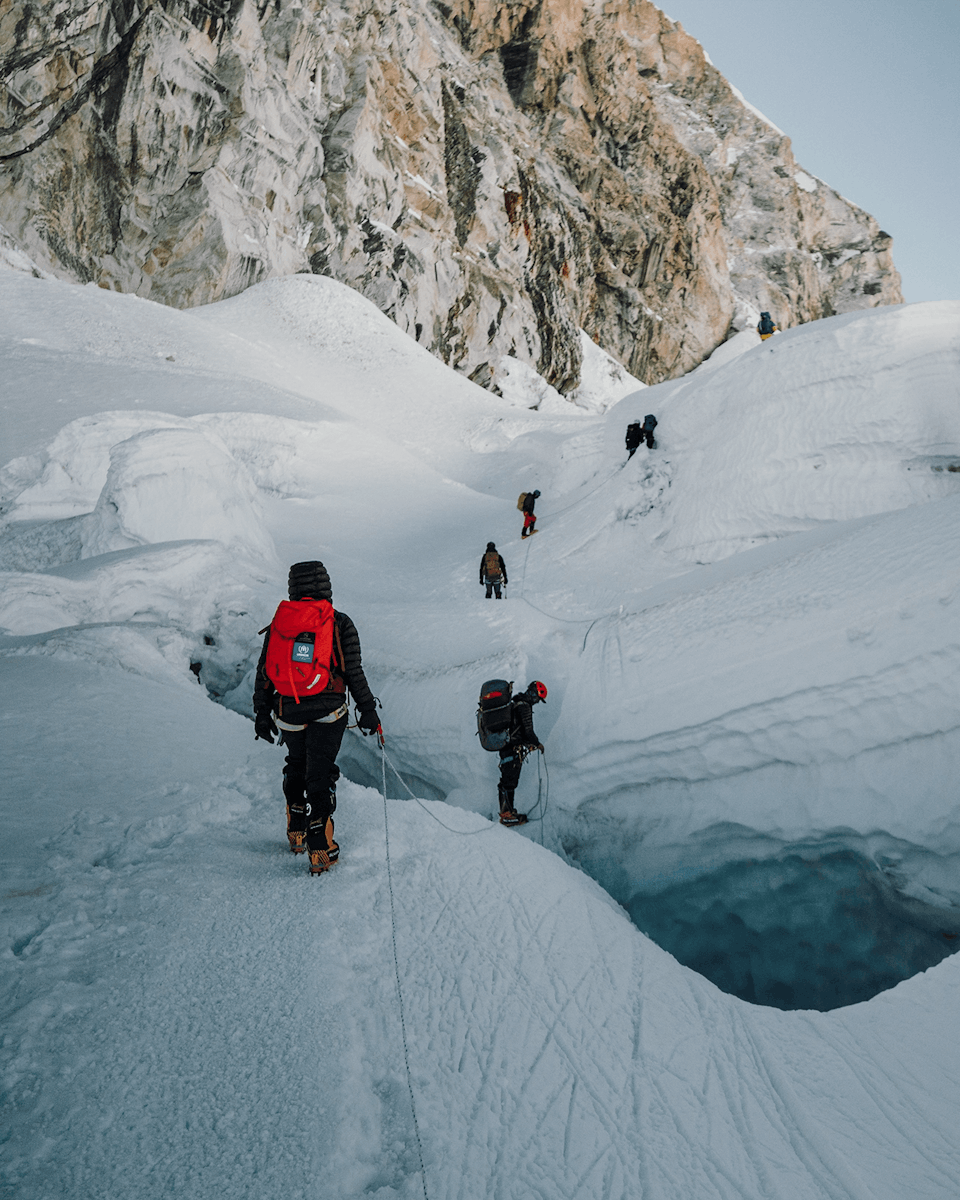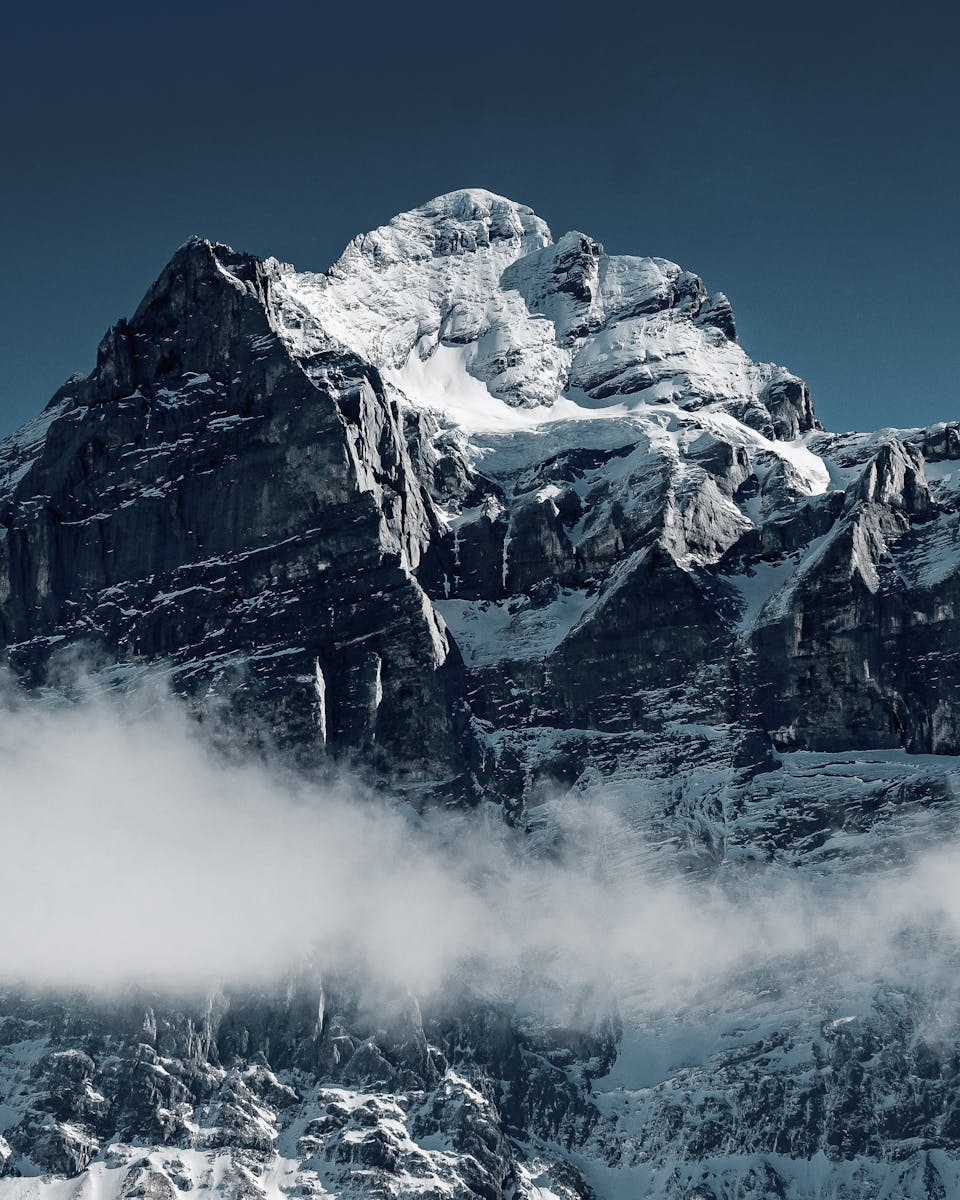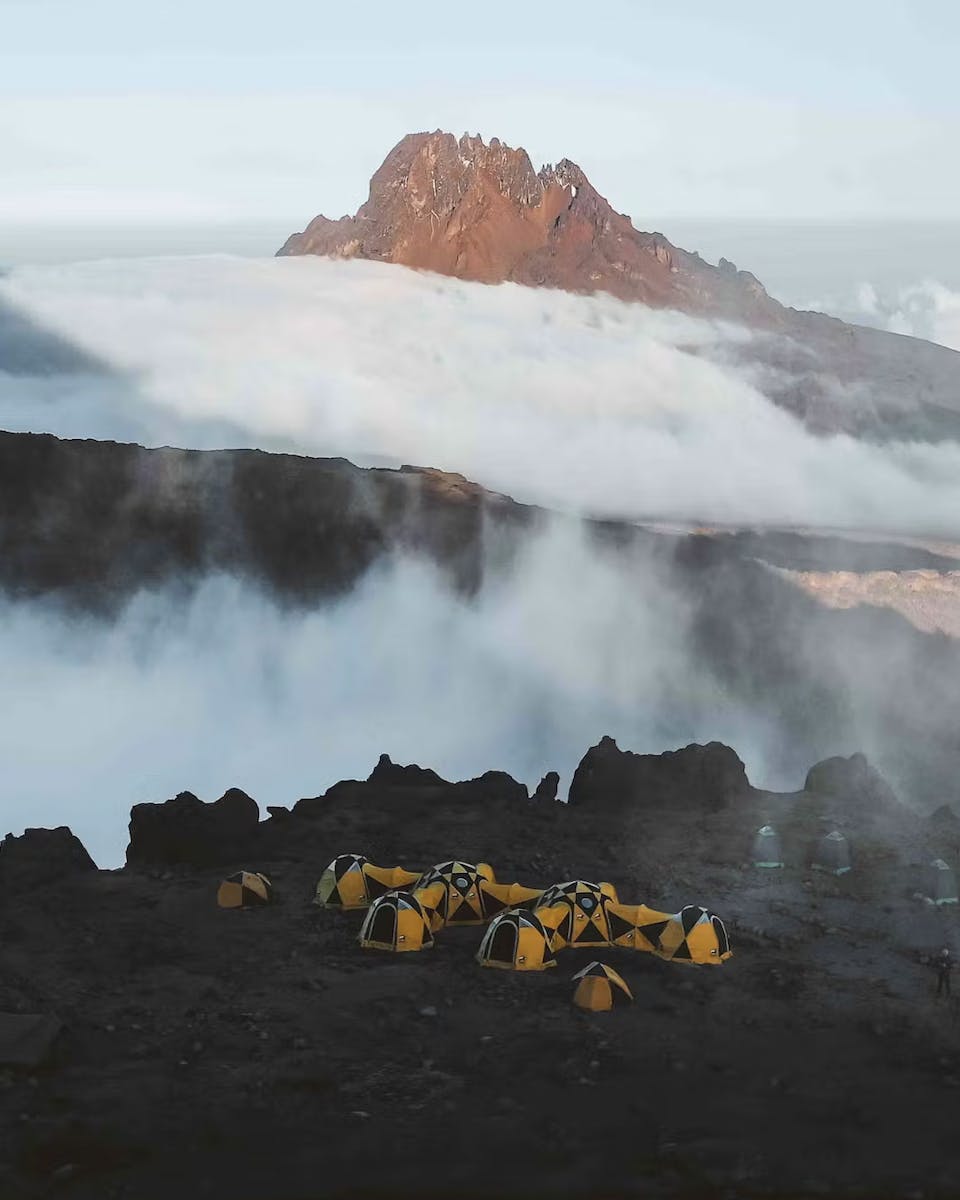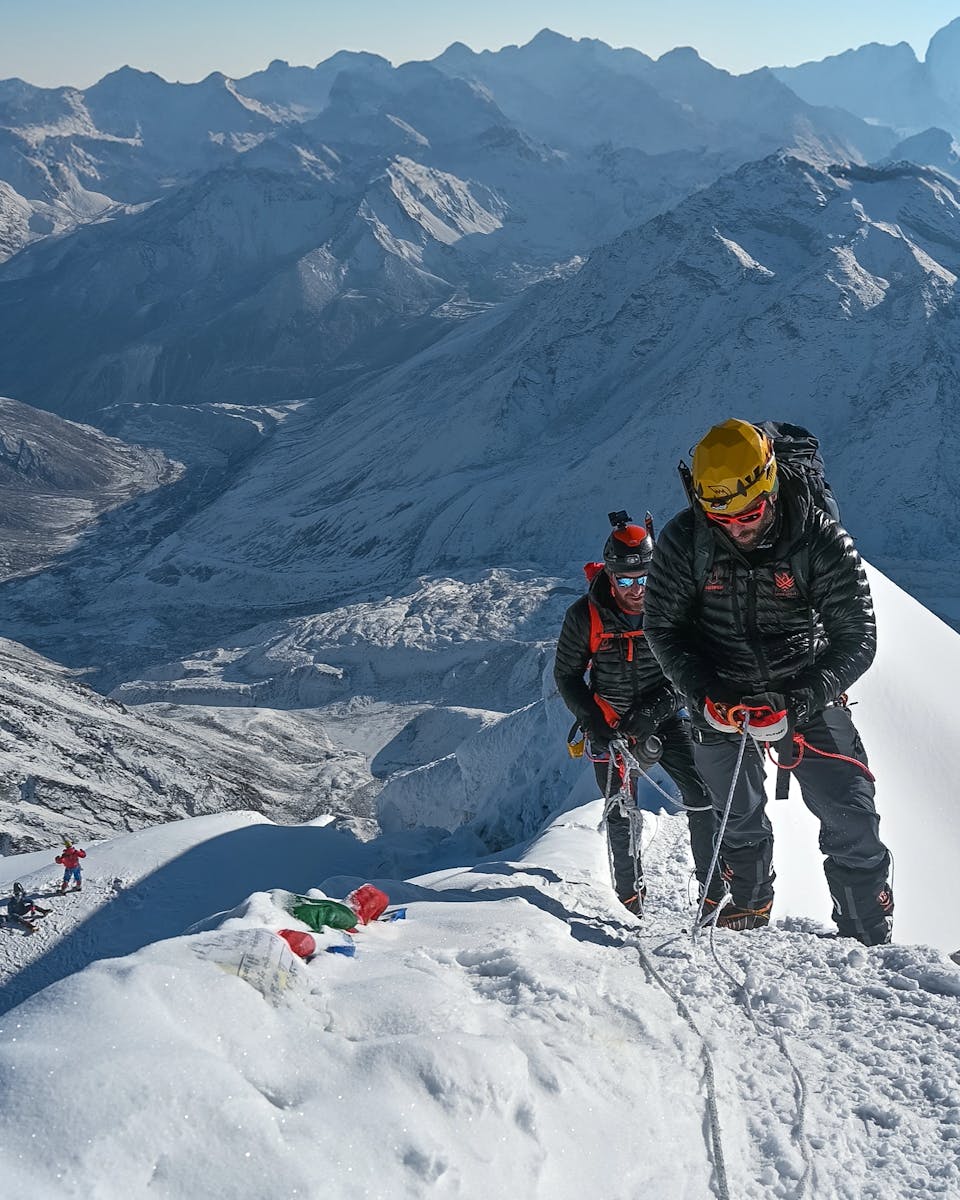While most Aconcagua expeditions will span 16–20 days, several key elements can influence the duration of your Aconcagua adventure. Understanding these factors is crucial for ensuring you have the best possible experience on the mountain.
Acclimatisation
Acclimatisation is the single biggest factor determining your expedition’s length. At Elite Exped, we prioritise a safe and effective acclimatisation schedule, which involves incorporating essential rest days and strategic rotation hikes to higher camps. This progressive ascent allows your body to adapt to the thinning air, significantly reducing the risk of altitude sickness and boosting your chances of a successful and enjoyable summit. Rushing this process is a recipe for disaster on this peak (Aconcagua stands at 6,961m).
Route choice
Your route choice also plays a role in the overall timeline.
The two primary routes to consider are:
- The normal route (Northwest Ridge): This is the most popular choice, and this is Elite Exped's route as well. It's considered a trekking route, meaning it doesn't involve technical climbing like ice or rock climbing, typically completed within an 18-30 day expedition.
- The Vacas Valley (Polish Traverse): This route is slightly longer, depending on specific logistical variations and the speed of your group. It’s typically a 17-21 day expedition, offering a different approach and views, eventually linking up with the Normal Route for the final push.
Want to learn more about the different routes on Aconcagua? Check out our blog on Aconcagua expedition routes for a more detailed comparison.
Weather conditions
Weather delays are a very real consideration on Aconcagua. This magnificent peak is known for its formidable winds and sudden storms. Our itineraries always include contingency days, providing a buffer in case Mother Nature decides to throw a curveball. Flexibility is key when tackling a mountain of this magnitude.

